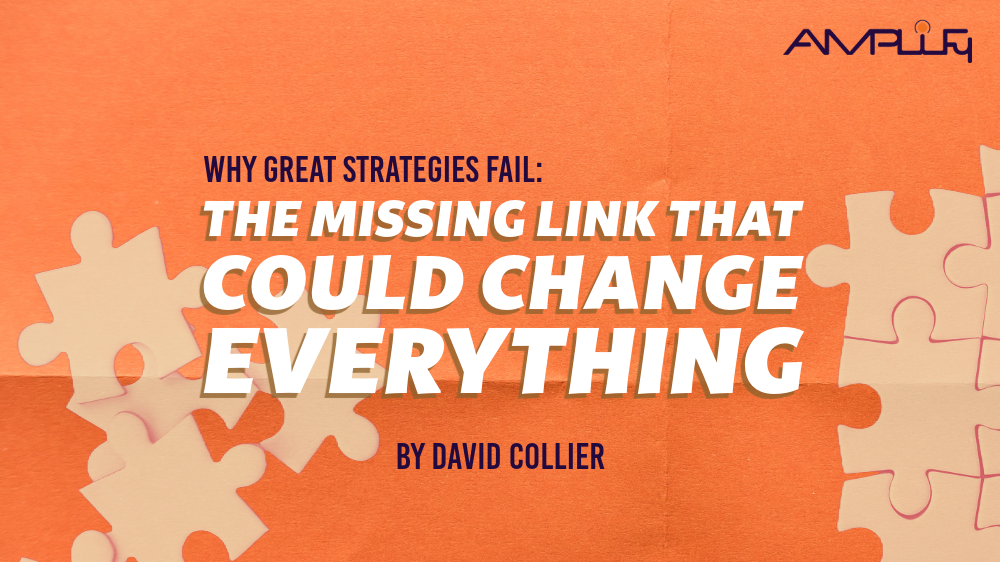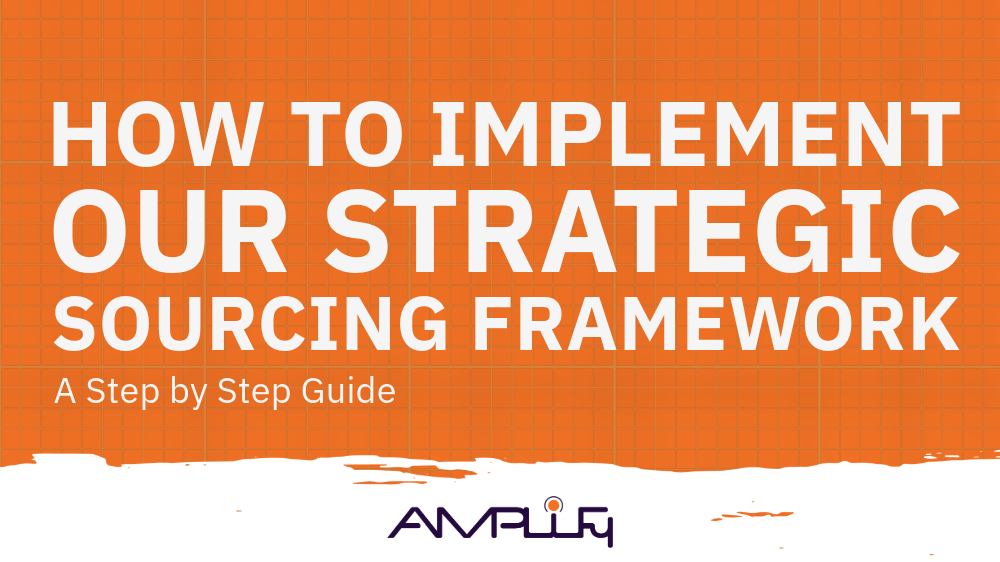Why Toxic Workplace Culture Is Driving the Great Resignation
I’ve written before about the great resignation, but I wanted to add to the topic by exploring the underlying issues and driving forces behind it. This article will detail why I believe today’s toxic workplace culture encourages the great resignation.
So we are all starting on the same page; if you haven’t already heard about it, the great resignation describes the current era of mass exodus—or more specifically, job switching— we have seen this past year or so. Why do I strongly feel that toxic workplace culture is driving this mass employment exodus? Keep reading.
How the 9-5 Creates Toxic Culture
According to the MIT Sloan Management Review, almost half of all the nation’s employees (over 40%) were contemplating leaving their jobs when 2021 began. And sure enough, during the months from April to September of last year alone, over 24 million Americans followed through on those thoughts. One of the issues voiced by many exiting employees is the outdated 9-5 workplace model their companies are still rigidly forcing them to follow.
Why is this a problem? Mainly, besides being outdated, workers find it unnecessary, especially since they have been working remotely due to being forced to by the pandemic for months upon months already.
Mentally, it sets workers up for added stress and less time outside of work doing the things they love. Simply put, We don’t want to go backward. And why would we?
Think about it: How many hours are spent on daily long commutes combating heavy traffic, only to show up and spend a set amount of hours (regardless of whether your work needs it or not) in a cramped office? Then, you have to get back in the car at 5 pm and fight traffic to get home, have a few hours (maybe) with your family, go to bed and wake up and do it all over again. And again. It creates a toxic strain on the workers and soon permeates throughout the entire workplace. People have had enough.
When Remote Work Isn’t Really Remote
Even when companies go remote, employees need to read the fine print before they throw a party to celebrate their newfound freedom. Not all remote work is really remote. What do I mean by this? While allowing you to work from your home versus the office, some companies will still expect you to be chained to your desk (or kitchen table/you fill in the blank) from 9-5 every day.
This leaves employees still feeling stuck in an outdated and rigid structure that they find restricting and, yes, toxic to their mindsets. This spills over into the (now online) workplace, leading more employees to consider leaving to find a remote working position that’s really remote (i.e., flexible).
Fixed Vacation and Unlimited PTO
For those on salary or a set structure of hours, fixed vacation may work great for you—or not. So, is there an alternative? One emerging practice gaining a lot of traction is the use of what is known as unlimited PTO. This is a self-managed vacation where employees have no official balance and no vacation accrual. While this (especially hearing the title alone) may sound like a dream, not all employees find this option appealing. It actually stresses a lot of people out.
According to expert Global HR Advisor Susan Snipes, “Since how much time off an employee gets to take under an unlimited vacation policy is unclear, many employees may shy away from taking time off out of fear that expectations might not be met. Employees also are only able to take time off that is approved by the company. The combination of employees being hesitant to request time off and employers failing to approve it when requested might eventually result in less vacation being used under an unlimited policy.”
Snipes added that “Unlimited policies work especially against employees at companies that chiefly employ billable professionals (e.g. Attorney’s, CPAs, Engineers). These companies’ business models prevent employees from taking time off away from work, fully ‘unplugged.’”
Interested in learning more? Read our blog on the great resignation for further insights
Recent Posts


Recent Posts


Our success comes from our agility and ability to respond to any scenario at any given moment, making this a partnership you know you can trust.
CONTACT US
AMPLIFY
Make positive change that actually matters - that’s our aspiration for every new project or program we immerse ourselves in. Focusing on structure, process, and unique perspectives to accelerate our clients’ business, we seamlessly join and partner with you to execute and deliver on your most critical and impactful initiatives.


